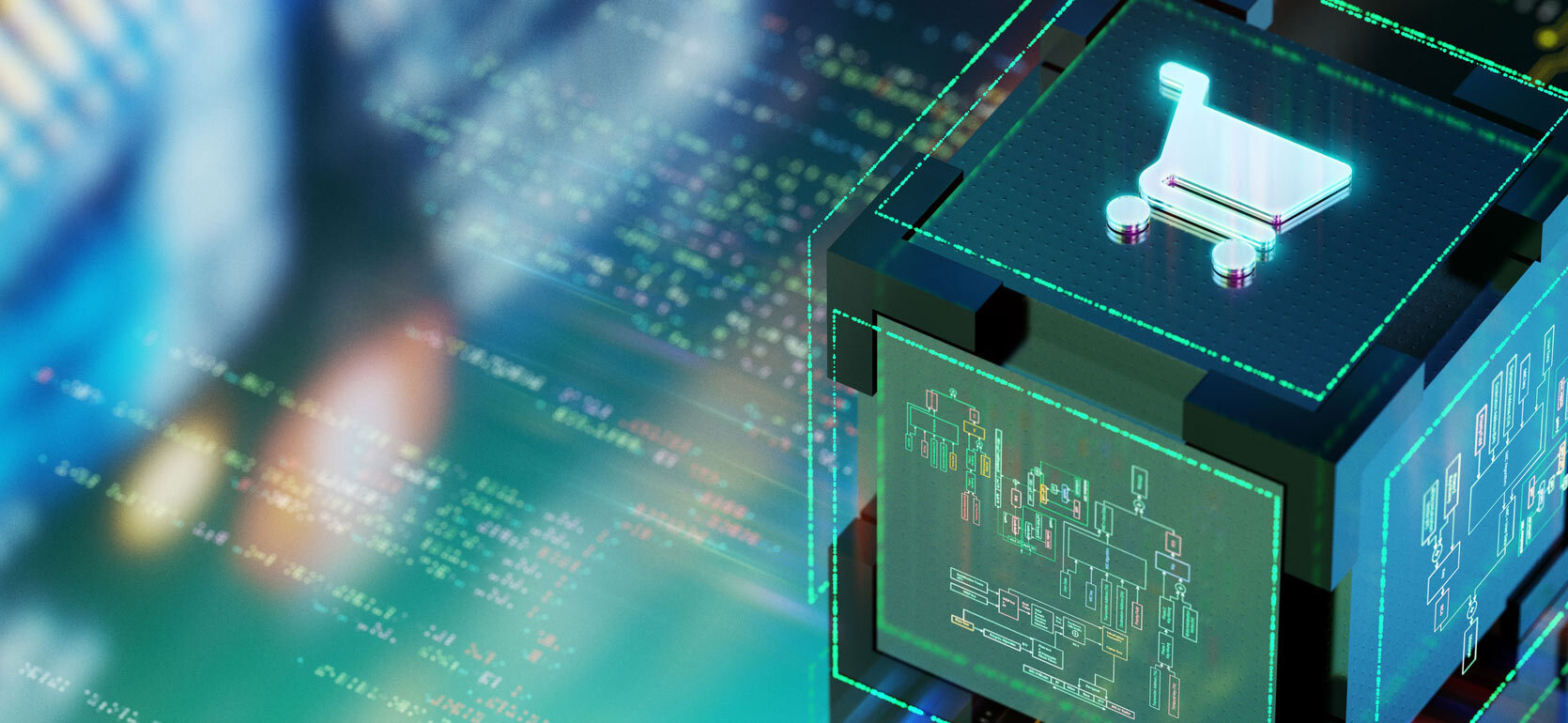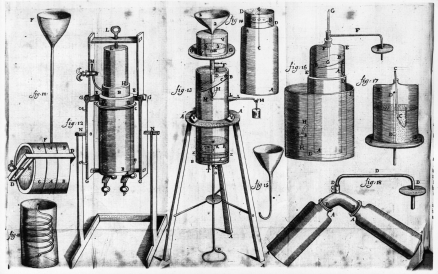
BizTech Law Blog
 This is the third and final post in a series (Part 1: First-to-File; Part 2: Post Grant Review Proceedings) summarizing the most significant changes created by the Leahy-Smith America Invents Act (the "Act"). As you know, the Act was signed into law on September 16th. Although hyped as a major change in the U.S. Patents system, the Act does not affect many of the fundamental tenants of U.S. Patent law.
This is the third and final post in a series (Part 1: First-to-File; Part 2: Post Grant Review Proceedings) summarizing the most significant changes created by the Leahy-Smith America Invents Act (the "Act"). As you know, the Act was signed into law on September 16th. Although hyped as a major change in the U.S. Patents system, the Act does not affect many of the fundamental tenants of U.S. Patent law.
This blog post focuses on: (1) new limitations on false marking claims, and (2) USPTO funding and fees.
FALSE MARKING CLAIMS
Effective September 16, 2011, the Act creates new limitations on false marking claims brought under 35 USC § 292. Before the Act, any person could sue for a penalty of $500 for every instance of false marking. The Act limits this penalty clause so that only the U.S. Government or a party that can prove competitive injury will be able to bring a false marking suit. The Act also provides that marking an item with an expired patent number is not a violation of the statute. This change applies to any case pending on or after the date of enactment.
USPTO FUNDING AND FEES
One of the contested provisions between the U.S. House of Representatives and the U.S. Senate version of the bill related to the diversion of fees received by the USPTO. Specifically, the original bill prohibited the diversion of USPTO fees away from the USPTO and into the general fund. While this provision was deleted from the final version by the House of Representatives, the Act still contains several significant funding provisions which include:
- Providing the Director of the USPTO with fee and service setting authority;
- applicant may pay a fee of $4,800 ($2,400 for small entities), which allows the applicant to move up in the line of examinations;
- A new 15% surcharge on certain fees starting September 26, 2011;
- Providing certain "micro-entities" with a 70% reduction in fees.
CONCLUSION
This blog post and my previous postings regarding the Act describe several changes created by the Act. However, the Act does not address the two major problems with current U.S. Patent Law. These are the long backlog of patent applications and the perceived over-issuance of questionable patents by the USPTO. Instead, the Act merely tinkers with current law on the margins and increases the authority of the USPTO to administratively review patents after they have been issued. None of these changes are likely to have a significant effect on the U.S. patent system nor are they likely to decrease the costs of receiving a patent or the cost of infringement litigation.
Please contact me if you have questions regarding the Act.
